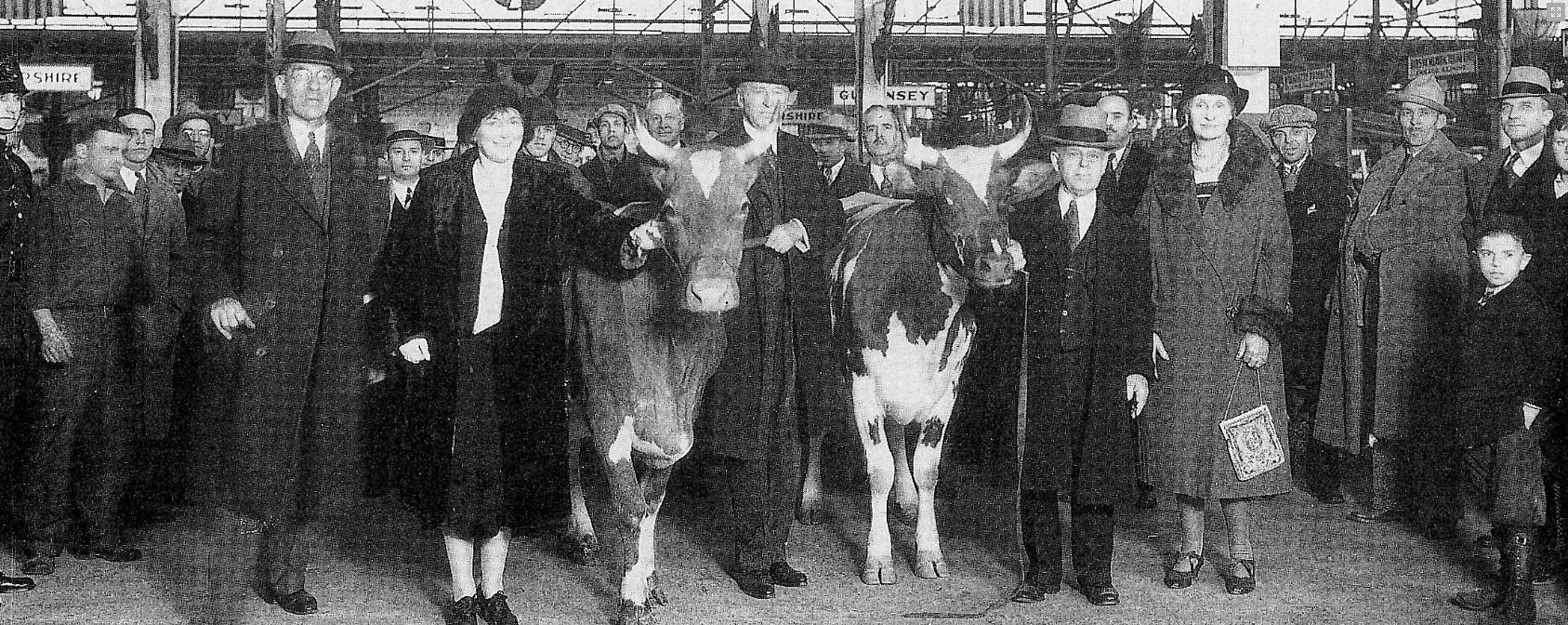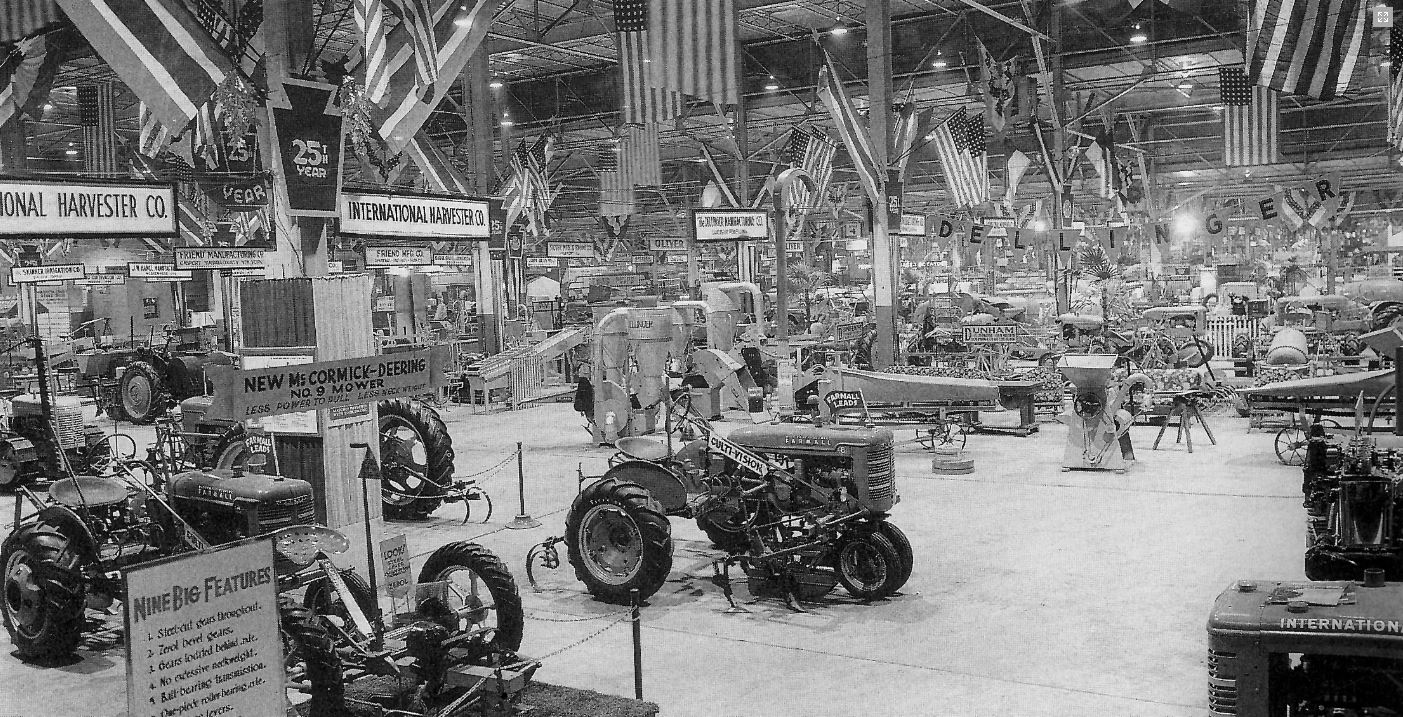 History
History
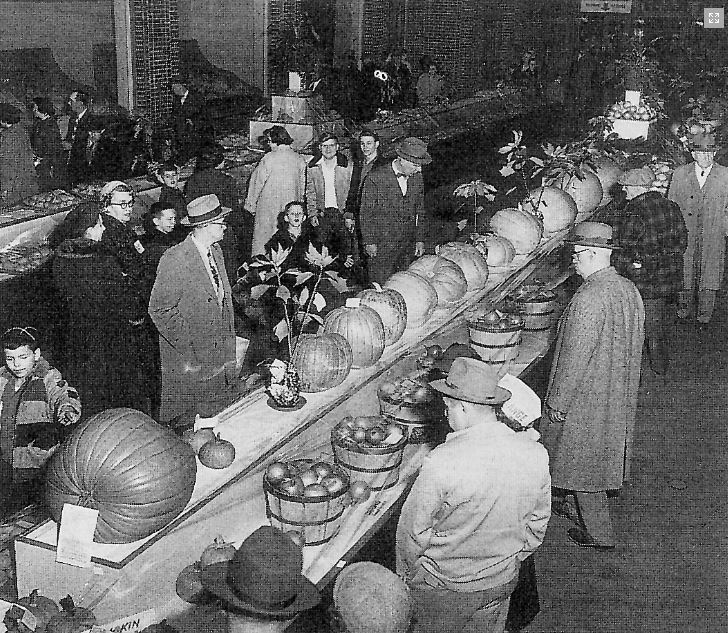 Since colonial days, farming has remained one of Pennsylvania's top industries. In the mid-1600s, Pennsylvania's founder William Penn organized an agricultural show for farmers to gather and share their knowledge. Throughout the next several hundred years, the gatherings were held in various locations throughout the state and eventually migrated to the capitol of Pennsylvania, Harrisburg. It was spread through various buildings in the downtown area.
Since colonial days, farming has remained one of Pennsylvania's top industries. In the mid-1600s, Pennsylvania's founder William Penn organized an agricultural show for farmers to gather and share their knowledge. Throughout the next several hundred years, the gatherings were held in various locations throughout the state and eventually migrated to the capitol of Pennsylvania, Harrisburg. It was spread through various buildings in the downtown area.
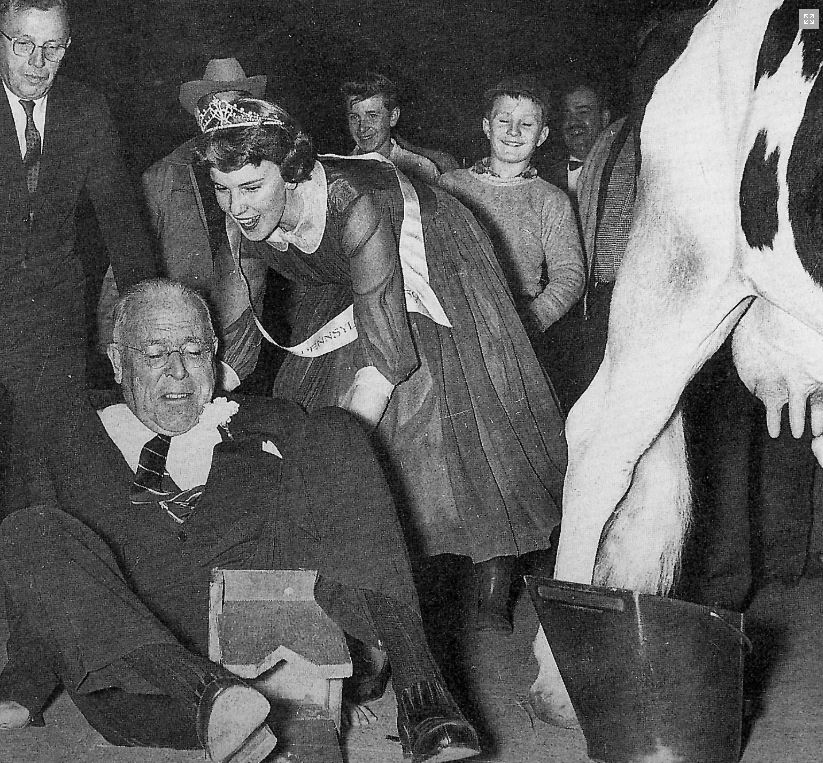 In 1917, hundreds of farmers and others in the agricultural industry gathered for the first state-wide Farm Show. As the show began to grow and there was an increasing need for additional exhibit space, state appropriations were granted to build a facility to hold the Farm Show, then called the "Pennsylvania Corn, Fruit, Vegetable, Dairy Products, and Wool Show." In 1927, the Legislature enacted an amendment to establish the State Farm Products and Show Products Commission to replace the State Fair Commission. Funds were allocated in 1929 to build a permanent structure to house the Farm Show and other events. In 1930, Governor John S. Fisher helped to set the corner stone for the Main Exhibition Building, now known as the Main Hall. Construction began on the 10-acre building and the event was held in 1931.
In 1917, hundreds of farmers and others in the agricultural industry gathered for the first state-wide Farm Show. As the show began to grow and there was an increasing need for additional exhibit space, state appropriations were granted to build a facility to hold the Farm Show, then called the "Pennsylvania Corn, Fruit, Vegetable, Dairy Products, and Wool Show." In 1927, the Legislature enacted an amendment to establish the State Farm Products and Show Products Commission to replace the State Fair Commission. Funds were allocated in 1929 to build a permanent structure to house the Farm Show and other events. In 1930, Governor John S. Fisher helped to set the corner stone for the Main Exhibition Building, now known as the Main Hall. Construction began on the 10-acre building and the event was held in 1931.
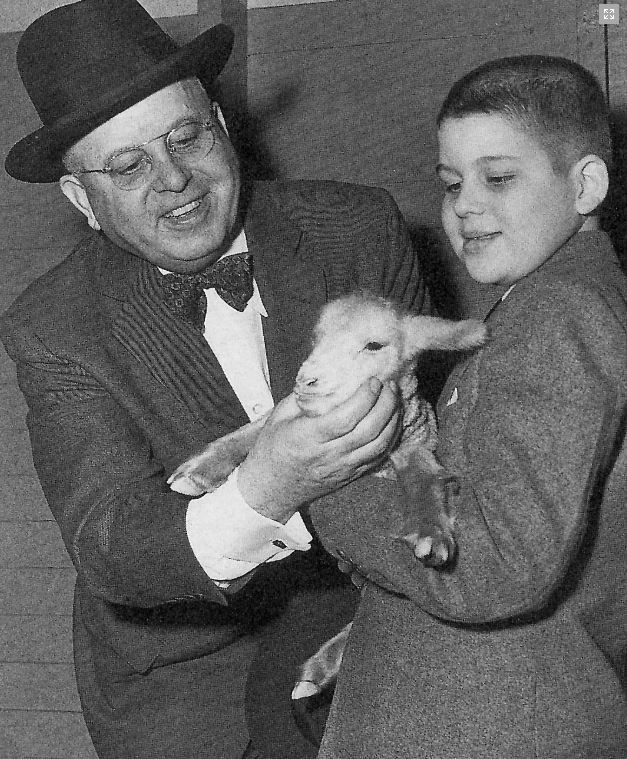 As popularity for the event and multiple uses for the facility grew, additional funding was granted to the Commission governing the facility to erect a coliseum. In 1938, construction began on the Large Arena that was to include floor space, seating and additional meeting areas. From 1942 through 1946, the Commission leased the premises for the war effort. First, it was used as a training center for the Army Air Corps to train ground maintenance personnel. The aircraft engine repair school was phased out and the Middletown Air Service Command moved its engine repair department to the facility. After the entities vacated the Farm Show Complex, the red mastic tile was installed in the Main Exhibition Hall. This tile is still in the East and West Fire Corridors.
As popularity for the event and multiple uses for the facility grew, additional funding was granted to the Commission governing the facility to erect a coliseum. In 1938, construction began on the Large Arena that was to include floor space, seating and additional meeting areas. From 1942 through 1946, the Commission leased the premises for the war effort. First, it was used as a training center for the Army Air Corps to train ground maintenance personnel. The aircraft engine repair school was phased out and the Middletown Air Service Command moved its engine repair department to the facility. After the entities vacated the Farm Show Complex, the red mastic tile was installed in the Main Exhibition Hall. This tile is still in the East and West Fire Corridors.
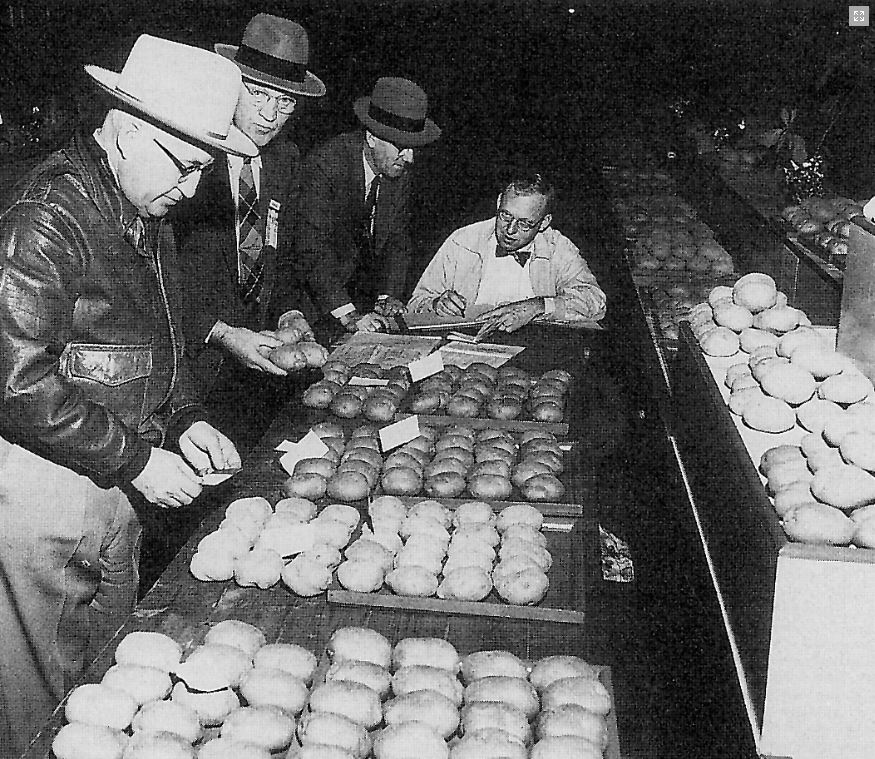 In 1953, the milk house facility was constructed, followed by the 10-acre expansion of the North Parking Lot. The Legislature approved a budget of $8.7 million for the installation of a sprinkler system, an elevator, and a fire alarm system; creation of fire corridors, removal of wooden stands and stalls; construction of the Northwest Hall and replacement of 900 doors. Additions including the exhibition hall, a new lighting, heating and sound systems, 60 acres of parking and nearly 14 acres under one roof continued through 1997.
In 1953, the milk house facility was constructed, followed by the 10-acre expansion of the North Parking Lot. The Legislature approved a budget of $8.7 million for the installation of a sprinkler system, an elevator, and a fire alarm system; creation of fire corridors, removal of wooden stands and stalls; construction of the Northwest Hall and replacement of 900 doors. Additions including the exhibition hall, a new lighting, heating and sound systems, 60 acres of parking and nearly 14 acres under one roof continued through 1997.
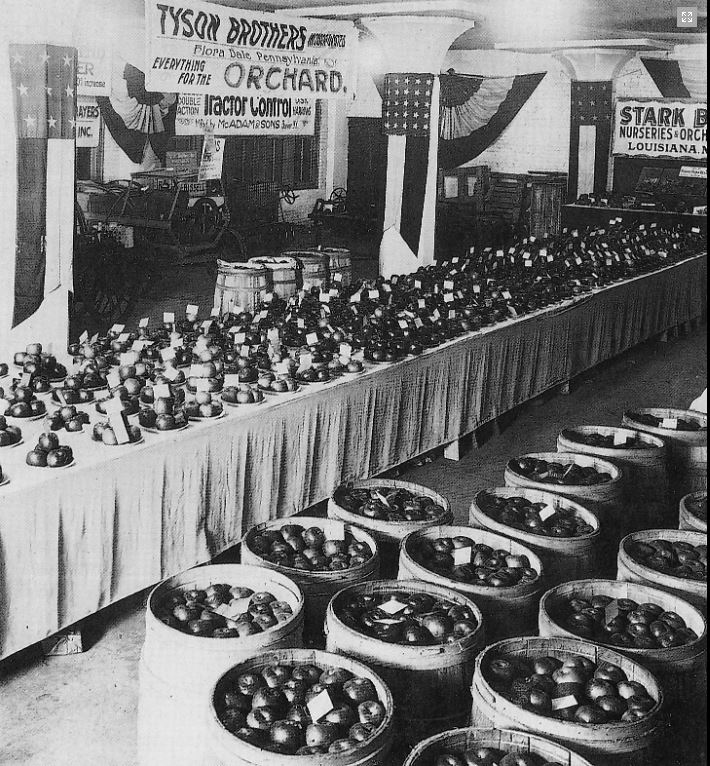 In 2001, work began on a $76 million expansion and renovation of the facility. The Exposition Hall, Equine Arena, Equine Barn, wash racks, connector links, new heat and air handling units in the Large and Small Arenas, a new entrance to the Large Arena and an additional off-site parking area was included in the project. This latest expansion increased the exhibit space to nearly one million square feet including eight major halls and three arenas. Throughout the years, the Farm Show has continued to thrive and grow, most recently hosting 585,000 visitors during the eight day event. Today, the Farm Show remains the largest indoor agricultural event in the world that includes 24 acres of animals, educational encounters, displays and food, family, and fun.
In 2001, work began on a $76 million expansion and renovation of the facility. The Exposition Hall, Equine Arena, Equine Barn, wash racks, connector links, new heat and air handling units in the Large and Small Arenas, a new entrance to the Large Arena and an additional off-site parking area was included in the project. This latest expansion increased the exhibit space to nearly one million square feet including eight major halls and three arenas. Throughout the years, the Farm Show has continued to thrive and grow, most recently hosting 585,000 visitors during the eight day event. Today, the Farm Show remains the largest indoor agricultural event in the world that includes 24 acres of animals, educational encounters, displays and food, family, and fun.
